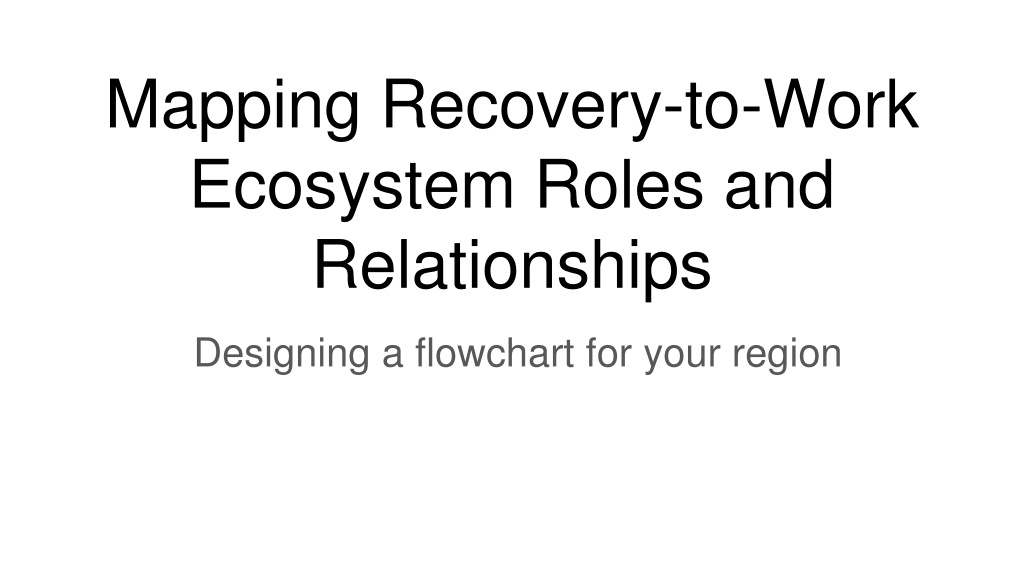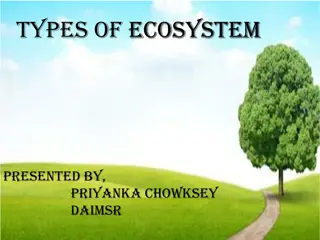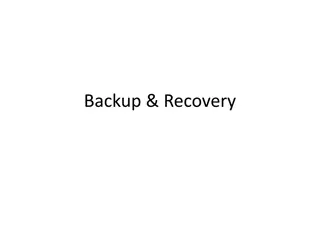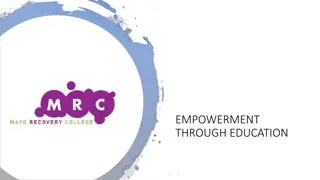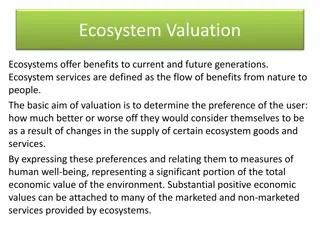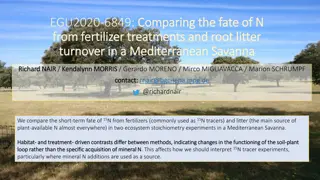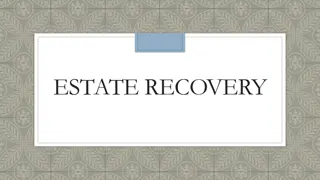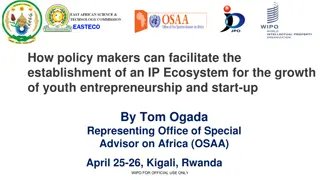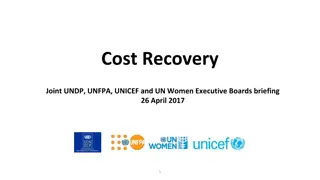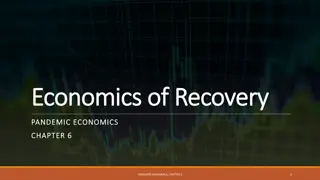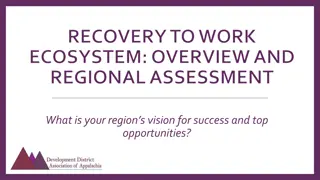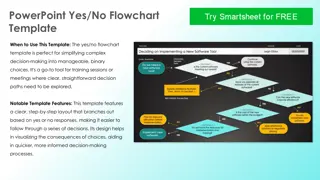Designing a Recovery-to-Work Ecosystem Roles and Relationships Flowchart
Design a coordinated team of recovery-to-work champions to support individuals in recovery with services and employment opportunities. Explore methods to identify gaps in services, partners to involve, and ways to strengthen relationships within your region. Create a flowchart to map out the process for connecting individuals in recovery with necessary services and preparing businesses to hire them effectively.
Download Presentation

Please find below an Image/Link to download the presentation.
The content on the website is provided AS IS for your information and personal use only. It may not be sold, licensed, or shared on other websites without obtaining consent from the author. Download presentation by click this link. If you encounter any issues during the download, it is possible that the publisher has removed the file from their server.
E N D
Presentation Transcript
Mapping Recovery-to-Work Ecosystem Roles and Relationships Designing a flowchart for your region
Agenda Goal of Mapping Roles and Relationships Create a coordinated team of recovery to work champions ready to work together to support the employment of people in recovery by (1) connecting people in recovery to the services they need and (2) identifying and preparing businesses to hire. Identify gaps in services, partners to include, and opportunities to strengthen or formalize relationships. Regional Examples Hub and Spoke Sequential Intercept Model Flowchart Designing a Flowchart or Map for Your Region
How Can a RTW Ecosystem Support Businesses? In addition to the flowchart to support workers, regions can benefit from map of the support system that works with businesses in the region to simultaneously identify recovery-friendly jobs and support businesses through the hiring process. It is unlikely that there is a captive audience of businesses waiting to hire people receiving training and support coordinated by community partners. A recovery-to-work ecosystem requires a complementary team of champions to identify and prepare businesses for hiring and supporting people in recovery. This group can help to recruit businesses and assure them that potential hires will be well-supported and low-risk.
Designing a RTW Ecosystem Flowchart or Map for Your Region Map the individual in recovery side of the flowchart. Refer to previous examples for formatting ideas. Intake: How are individuals in recovery identified? What are all the sources of referrals? Assessment: Who does an intake assessment to determine immediate needs? Is there a standard intake assessment to identify and triage needs? Is there a standard skills assessment? Navigation: Who helps an individual navigate between steps and connect to the service providers that can support specific needs (workforce training, transportation, housing, childcare, etc)? Formalization: Are there formal relationships (MOUs, data sharing agreements) in place? Where are new partnerships needed?
Designing a RTW Ecosystem Flowchart or Map for Your Region Map the business side of the flowchart. Intake: How are recovery friendly businesses identified? Which business-facing organizations will regularly recruit businesses to hire people in recovery through providing materials, hosting events, and conducting targeted outreach? Navigation: Which organizations will help businesses develop the internal policies and procedures they need in place to be recovery friendly ? Formalization: What ongoing support is in place for businesses? What other formal partnerships are needed?
